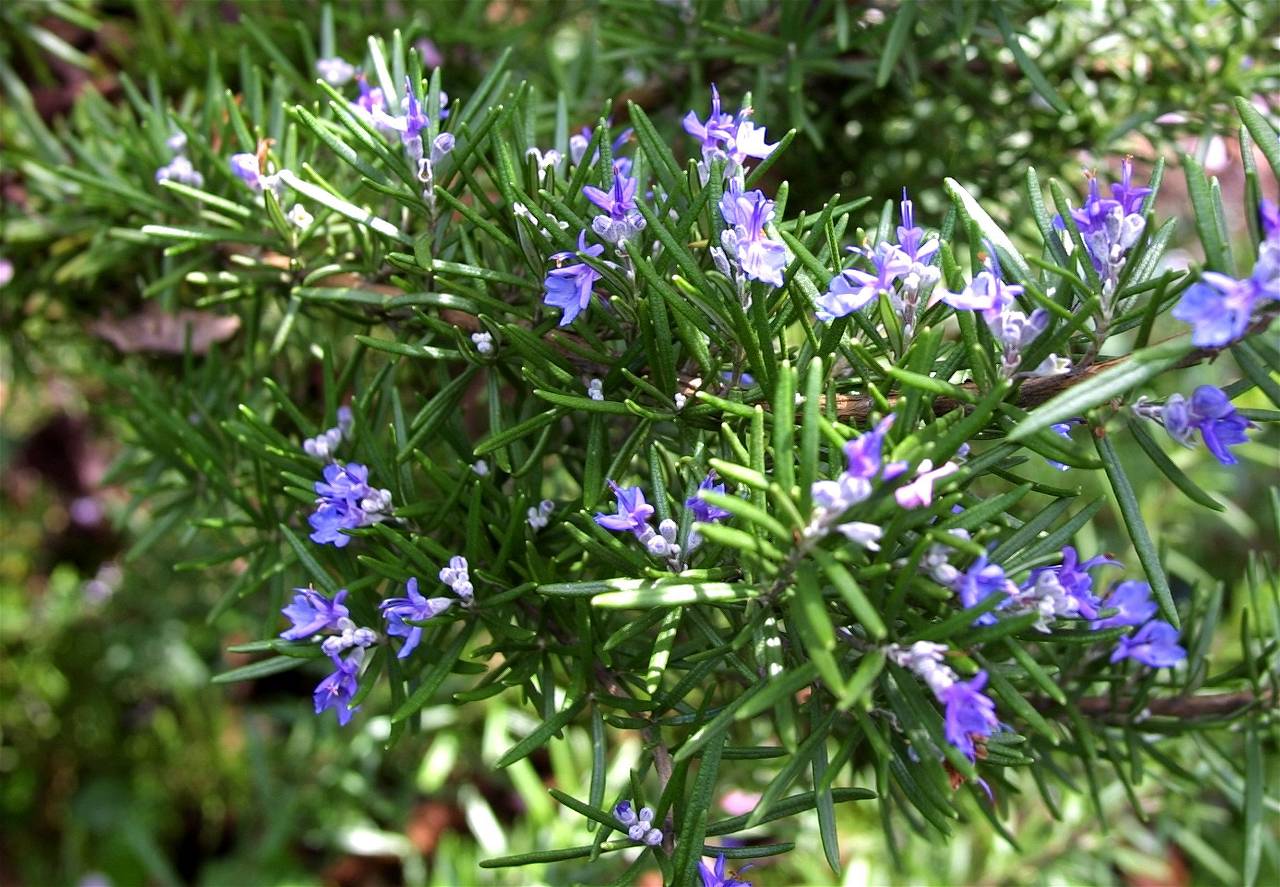
Rosemary is a small, evergreen plant that belongs to Lamiaceae (mint) family. The leaves of this plant are used for flavor in foods, and flowers are very fragrant. The essential oil extracted from this plant gives a relaxing feeling and is also used to treat stress & depression.
Guide to Grow Rosemary:
Here is the complete guide to growing the Rosemary plant at home.
Which Soil to Use?
Choose rich, nutritious, well-drained soil as rosemary can’t tolerate consistently well soil, with pH 6.0 to 7.0. Add compost and mix it well.
When & How to Plant Rosemary?
You can grow rosemary plants by the cuttings taken from another rosemary plant. Start with growing cutting indoor, and after 7-8 weeks, the plant will be ready to grow outdoor. And if you want, you can also plant seeds instead of cutting, but it will take some extra time (maybe 2-3 weeks extra). Plant seeds 3-4 inches deep in the soil. Spring is the best time to grow rosemary.
Regular Care:
-
Water Rosemary plant regularly throughout the growing season, but don’t overwater.
-
In winters, give your plant some protection as the plant is frost intolerant.
-
From late autumn to late winter, mulching is beneficial for rosemary plants. It protects the plant from frost.
-
Regular pruning is necessary for the growth of plants.
-
One more thing to note is that prefer to plant the cutting in the container as the Rosemary grown in the ground doesn’t transplant well in containers.
-
After the plants finish flowering, again feed the plant with a balanced fertilizer.
What are the Common Problems?
1. Scale Insects
Rosemary plants may suffer from yellow-colored hemispherical scales on the inner side of leaves. For this, you can spray horticultural oil, prune infected branches, or use neemastra.
2. Rosemary Beetle
These are the small oval beetle with metallic green and purple stripes. To protect rosemary from this, you can check it regularly and handpick the beetles.
3. Harvesting
Evergreen flowering plant Rosemary can be harvested year-round. If you want to use dried rosemary, hang up sprigs in a warm, dark, ventilated space. When flowers get dried completely, store them in an air-tight clean container.
Keep Visiting to get more information like this, and don’t forget to follow us on Facebook, Instagram, and Twitter.
















